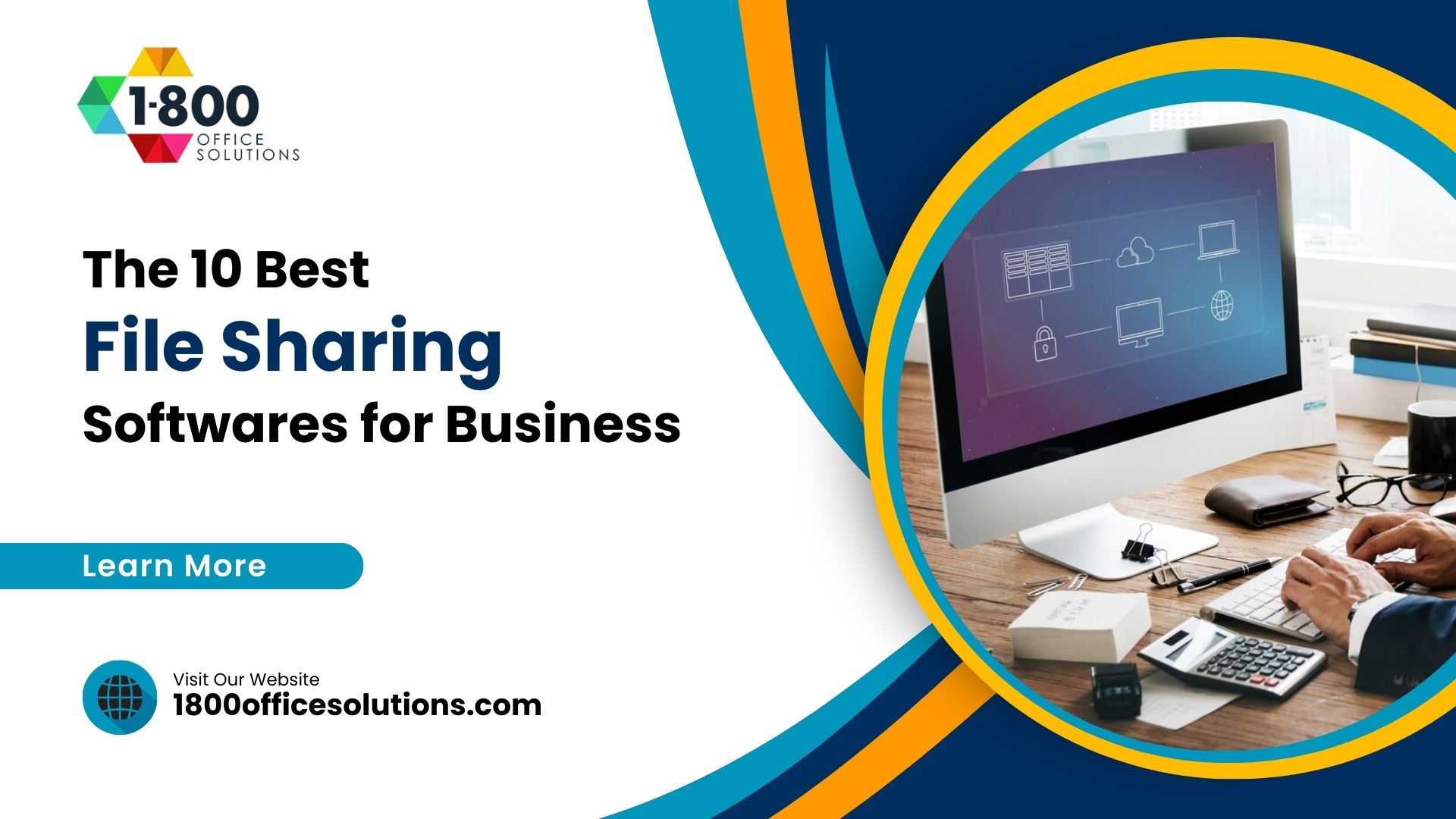9 Cloud Computing Pros and Cons for Business
Cloud Computing Pros and Cons
Cloud computing is the delivery of computing services, including storage, servers, and data storage, over the internet. This revolutionary technology has become a dominant force, offering enterprise-level technology at an affordable rate. However, when considering the pros and cons of cloud computing for your business, it’s crucial to weigh the advantages and disadvantages to make an informed decision.
One of the key benefits of cloud computing is the flexibility and scalability it offers. Businesses can easily migrate their data to the cloud, freeing them from the constraints of in-house data storage. Additionally, cloud computing services save on the cost of investing in additional storage infrastructure, making it an attractive option for your business.
On the other hand, the disadvantages of cloud computing include potential data loss, internet connection outages, and concerns about cloud security. It’s important to make sure you understand the pros and cons of using cloud computing to determine if it’s the right option for your business needs.
Pros of Cloud Computing
Now that we have discussed the various types of cloud and the infrastructure of cloud computing, let’s delve into the advantages that cloud technology offers. Cloud computing allows for the storage of vast amounts of data in the cloud, providing users with ample storage space without the need to invest in additional storage infrastructure. One of the main benefits of cloud technology is the flexibility it offers in terms of storage capacity. Cloud users can easily scale up or down based on their storage needs, which makes cloud a cost-effective option for businesses.
Another advantage of using cloud storage services is the accessibility it provides. Data stored in the cloud can be accessed from anywhere with an internet connection, allowing for seamless collaboration and remote work. Additionally, cloud service providers take care of the installation and maintenance of the infrastructure, freeing up valuable time and resources for businesses.
Cloud computing offers a wide range of services, including software as a service (SaaS), serverless computing, and storage as a service. These cloud services include simple storage service, where data and applications are stored in the cloud for the duration specified by the user. Cloud computing has become an essential tool for businesses looking to streamline their operations and make use of the vast resources offered by the cloud.
1. Accessibility
One of the biggest advantages of cloud accessibility is the ability to use cloud resources from anywhere in the world. Whether it’s a public cloud, private cloud, or hybrid cloud, users have the flexibility to access their data and applications from any internet-connected device, providing a level of convenience and freedom that was previously unattainable.
Another cloud advantage in terms of accessibility is the ease of scaling storage capacity. With cloud-based storage, users can easily increase or decrease the amount of storage they need, without the need to invest in additional storage infrastructure. This makes cloud an attractive option for businesses of all sizes, as they can pay for the cloud services they use without the burden of maintaining physical storage devices.
Although cloud accessibility is still a relatively new concept for some, it’s becoming increasingly clear that the benefits of cloud computing may far outweigh any potential drawbacks. The infrastructure of the cloud allows for seamless access to data and applications, making it an ideal solution for businesses looking to streamline their operations and increase their overall accessibility.
2. Employee Collaboration
Transitioning from the topic of accessibility, it’s fascinating to explore how employee collaboration has been transformed by cloud technology. Imagine a team of employees spread across different locations, all working seamlessly together in real-time. No longer confined by physical proximity, they can collectively contribute to a single document without missing a beat. This level of collaboration is made possible by the integration of cloud technology like Microsoft Office 365.
The ability to collaborate effectively is essential for businesses to thrive. With the right cloud infrastructure in place, employees can work together on projects, share ideas, and provide feedback, regardless of their physical location. The cloud also enables employees to access and work on the same documents in real-time, eliminating the need for endless hard copies and the inefficiency of waiting for file transfers.
As we consider the impact of cloud technology on employee collaboration, it’s important to weigh the benefits and limitations. While the ability to work together seamlessly is a definite advantage, businesses must also consider the security and privacy of sensitive data on the cloud. Nevertheless, the potential for enhanced collaboration and productivity is a compelling reason for businesses to embrace cloud technology for their workforce.
3. Productivity Boosts
Transitioning from the topic of employee collaboration, it’s important to recognize the significant productivity boosts that come with the utilization of cloud computing. The accessibility and convenience of the cloud not only streamline work processes but also free up time that was once spent on manual tasks. With such efficiency, employees are no longer bound by physical limitations and are able to focus on more impactful tasks.
Imagine a workspace where data is stored securely in a centralized location, accessible to all team members from any device. This type of cloud environment eliminates the need for time-consuming file transfers or in-person document reviews. Instead, employees can allocate their time more effectively, focusing on key projects and initiatives. The seamless collaboration and real-time access to information provided by the cloud can lead to a significant increase in overall productivity.
In addition, the cloud allows for the rapid deployment of new tools and resources, enabling employees to work more efficiently and effectively. The ability to access and share data from anywhere at any time means that work can continue uninterrupted, regardless of physical location or time zone. This level of flexibility and accessibility contributes to a boost in productivity and overall efficiency, ultimately benefiting the organization as a whole.
4. Cost Efficiency
Although the cloud is known for its productivity boosts, it is also a game-changer when it comes to cost efficiency. Picture this: instead of having to invest in costly equipment in a cloud supplier’s data center, you only pay for the cloud data you use. This means no more worrying about the cons of cloud storage or the need to weigh the pros and cons of different types of cloud computing.
In addition, the flexibility of cloud computing allows you to easily scale up or down as needed without any upfront investment in additional storage infrastructure. This makes cloud a cost-effective option for your business needs. Cloud storage makes it possible to access your data from anywhere, at any time, without the need for in-house data storage or expensive servers. This not only saves money but also frees up physical space in your office.
Furthermore, cloud computing is also environmentally friendly, as it reduces the need for energy-consuming servers and data centers. And with the cost savings that come from using cloud, you can invest back into your business in other ways, allowing for growth and innovation. So, while productivity boosts are a major benefit of cloud computing, the cost efficiency it offers is equally significant.
5. Disaster Recovery
When it comes to disaster recovery, the cloud has completely revolutionized the game. With networked backups in the cloud, hardware failures no longer pose a threat of data loss. This means that even in the event of a hardware failure, your data remains safe and accessible.
One of the most powerful features of cloud computing in disaster recovery is the virtual server. This server is hardware-independent, allowing for the seamless and accurate transfer of operating systems, applications, and data from one data center to another. The result? Recovery times and costs are significantly reduced compared to traditional approaches. No longer do you need to load multiple servers before restoring data—everything can be transferred effortlessly.
In essence, disaster recovery with the cloud means that your business can continue operating smoothly, even in the face of unexpected disruptions. You no longer have to worry about lengthy downtime or excessive expenses. The cloud has truly transformed the disaster recovery landscape, providing a level of security and reliability that was previously unattainable.
6. BYOD Policies
As we shift our focus toward BYOD policies, it’s crucial to consider the security implications of allowing employees to use their own devices to access company data. While BYOD has its benefits, it also introduces potential vulnerabilities that could compromise sensitive information. That’s why it’s essential to invest in reliable virtual desktop services to ensure the security of your network.
When it comes to implementing BYOD policies, it’s important to work with a trusted cloud provider. By partnering with a reputable cloud storage service provider, you can ensure that the devices used by your employees are securely connected to the company’s network. This type of cloud computing allows for seamless access to company data while maintaining the necessary security measures.
One cloud vendor that offers robust virtual desktop services is 1800 Office Cloud Solutions. Their comprehensive virtual desktop infrastructure (VDI) solution provides a secure and flexible environment for employees to access company resources from their own devices. With 1800 Office Cloud Solutions, you can rest assured that your BYOD policies are backed by a reliable and secure virtual desktop service.
In order to protect your company’s data and assets, it’s crucial to carefully consider the implications of BYOD policies and invest in the right virtual desktop services to support them. With the right cloud provider and virtual desktop solution, you can ensure that your company’s network remains secure while embracing the benefits of BYOD policies.
Cons of Cloud Computing
Transitioning from the discussion of BYOD policies, it’s important to consider the potential drawbacks of relying too heavily on the cloud for data storage. While the convenience and accessibility of the cloud can be appealing, there are some significant downsides to be aware of.
Imagine relying on the cloud for all of your important files and documents, only to find yourself unable to access them when you need them most. This is just one of the potential consequences of placing all your trust in a single cloud provider. The reality is that the cloud is owned and managed by a select few cloud vendors, and if something were to go wrong on their end, it could spell disaster for your data.
Consider the scenario where a company decides to migrate all of its servers to the cloud, only to experience a catastrophic outage that leaves them without access to any of their critical information. This is just one of the many examples of cloud-related issues that can arise. It’s important to approach the decision to use cloud computing with caution and careful consideration, as the risks associated with relying too heavily on the cloud are still very real.
7. Security Concerns
When entrusting sensitive data to the cloud, it’s essential to carefully consider the security measures in place to protect that information. The reliance on a single cloud provider for all security needs does bring some risk, and this is a consideration for many companies that gravitate toward cloud-based services.
It’s important to exercise due diligence when selecting a cloud provider, ensuring that they have a proven track record of data protection. By doing so, businesses can have more peace of mind about the security of their information. This is particularly crucial as we see a growing trend of companies choosing to use cloud storage for their data.
While the cloud can offer a range of benefits, including flexibility and cost-effectiveness, it’s still essential to prioritize security. Whether a company opts for a single cloud provider or a hybrid approach, the focus should remain on the safety and protection of data in the cloud. As a cloud computing expert, I strongly advise businesses to carefully evaluate the security measures of their chosen cloud provider before making the leap toward cloud-based services.
8. Limited Control
While limited control is generally not a major issue with the cloud, it can still be a concern for some businesses. Moving from traditional IT systems to the cloud means relinquishing some control over the back-end infrastructure and technical issues. This shift can be disconcerting for companies accustomed to having full control over their hosting infrastructure.
The transition from managing physical servers to the cloud can feel like a loss of autonomy for some businesses. Without the ability to directly manage the back-end infrastructure, businesses may feel a lack of control over their IT environment. This can be especially worrying for those who have specific security and compliance requirements.
One cloud provider may offer different levels of control compared to another, so it’s crucial for businesses to thoroughly research and understand the level of control they will have when choosing a cloud provider. It’s important to remember that while the cloud frees up the IT department to focus on other projects, it also means placing a significant amount of trust in the hands of the cloud service provider.
Understanding the level of control a business will have when moving to the cloud is an essential aspect of cloud computing. While the cloud is still a valuable tool, businesses must carefully weigh the trade-offs between convenience and control.
9. Downtime
The downtime related to cloud computing can be a significant concern for businesses. When the cloud experiences downtime, it means that access to critical data and applications is interrupted. This can result in lost productivity, missed opportunities, and potentially even financial losses. Downtime is like a roadblock on the information superhighway, bringing all traffic to a standstill.
One of the main reasons for downtime is the reliance on a single cloud service provider. Even the most reliable providers can experience technical issues that lead to downtime, leaving businesses without access to essential resources. In such cases, it becomes evident that putting all your servers to cloud with a single provider can pose a risk.
Despite the potential for downtime, cloud computing is still a valuable resource for businesses. However, it’s important to carefully consider the potential for downtime and plan accordingly. This might involve using multiple cloud providers to minimize the impact of downtime, or having backup systems in place to ensure continuity of operations. By anticipating and preparing for potential downtime, businesses can still benefit from the many advantages that the cloud has to offer.
Cloud Advantages Outweigh Disadvantages
Transitioning from the issue of downtime to the broader discussion of cloud advantages, it’s essential to recognize the central role of a robust virtual desktop infrastructure (VDI) in ensuring seamless operations, especially for remote workers. A reliable VDI, purpose-built and well-maintained, is an indispensable component of a secure and efficient cloud-based system.
The cloud enables organizations to access information and applications from anywhere with an internet connection. This flexibility and scalability are invaluable assets, particularly for businesses with widely distributed teams or those looking to expand. The ability to scale resources on-demand in the cloud means that organizations can handle peak workloads without investing in additional on-premises infrastructure. Furthermore, the cloud provides built-in disaster recovery capabilities, ensuring that data is backed up and accessible in the event of an unexpected outage.
In addition to the operational benefits, the cloud offers cost savings by eliminating the need for in-house data storage and servers. The pay-as-you-go model of cloud computing allows businesses to pay only for the resources they use, minimizing upfront capital investment and ongoing operational costs. Moreover, the cloud’s centralization of data storage and management simplifies security and compliance efforts, ensuring that critical data is stored and protected in a secure environment.
Conclusion
In conclusion, the accessibility, employee collaboration, productivity boosts, cost efficiency, disaster recovery, and BYOD policies are all reasons why the cloud is an essential tool for businesses. The ability to access data from anywhere at any time allows for seamless collaboration between employees, leading to increased productivity and cost savings. The disaster recovery capabilities of the cloud provide peace of mind in the event of a data loss. However, it’s important to consider the security concerns, limited control, and potential downtime that come with utilizing the cloud. Despite these drawbacks, the advantages of the cloud far outweigh the disadvantages, making it a valuable asset for any organization.
As a cloud computing expert, it’s crucial to weigh the benefits and drawbacks of the cloud to determine the best approach for your business needs. Understanding the potential security risks and limitations of control is essential for making informed decisions about utilizing the cloud. By carefully considering these factors, businesses can leverage the advantages of the cloud while mitigating the associated risks. Ultimately, the cloud is a powerful tool that, when used effectively, can significantly enhance the operations of any organization.













